The plans for the construction of a pulp mill in Conchillas, in the department of Colonia, have been surrounded by a series of events that raise serious concerns. On the one hand, there are the statements made referring to the establishment of eucalyptus tree plantations in Colonia to supply the mill, and on the other, there are new developments related to the mill itself.
With regard to the issue of plantations, it would be interesting to begin by highlighting recent statements by Walter Zimmer, the intendente or head of the departmental government of Colonia, who declared that creating tree plantations in this part of the country would be “murder” and stated that “the president is in total agreement that trees should not be planted in Colonia. In a department that is a food producer, a major dairy farming area, with an extremely high Coneat (soil fertility) index, where the land is specifically suited to growing crops, where there has been cattle breeding for 50 years, it would be a crime, it would be murder to take an area of land and plant trees, it would destroy the department where we are producers of food and where we also have very important water reserves, and what will be in short supply here in the future is food and water. And every eucalyptus tree uses up 200 litres of water a day.” (1)
These public declarations were not made randomly. They respond to the growing pressure being exerted by the company to bring about an expansion of eucalyptus plantations in Colonia, where there are currently around 13,000 hectares of plantations of this particular tree species.
While Montes del Plata general manager Erwin Kaufmann appears to have reached an agreement with Zimmer to refrain from the further expansion of plantations in the department, the company is seeking to overcome this obstacle in different ways. It is interesting to note, for instance, that Montes del Plata communications director Carolina Moreira has stated that the company has “a list of offers of properties for forestation but is waiting for the regulations that the government of Colonia is preparing to approve.” The Departmental Council of Colonia has seemingly adopted a rather different stance from the intendente Zimmer and “is studying draft legislation to limit forestation on properties of less than 100 hectares to 8%,” which, while not ideal for the company, is at least better than a flat-out prohibition. Added to this are ambiguous statements from Moreira, who commented that “with regard to the rest of the properties to be forested eventually what we are doing now is taking note of some expressions of interest we have received.” (2)
On the subject of larger properties, a recent “updated request for prior environmental authorization” submitted by the company (in October 2010) states: “New forestation projects, on areas of more than 100 hectares, to be developed in the area [emphasis added], must receive the authorization of DINAMA (in accordance with Decree 349/005), which is why this agency will be an actor in cases where new plantations are proposed by local producers or others who seek to develop tree plantations in the region.” In other words, the company does not rule out the advance of tree plantations in Colonia, and is subtly pressuring DINAMA, the Uruguayan environmental authority, to authorize such projects as they arise. (3)
The pressures exerted by the company are not limited to the local authorities in Colonia, however. According to information from our contacts in Colonia, Montes del Plata is reportedly pressuring the Ministry of Livestock, Agriculture and Fisheries to reclassify the soils in Colonia and to “find” 100,000 hectares to be designated for forestation. Their sights are apparently set on a category of soils (5.02.b) located in elevated areas that are rather shallow but have historically been used for dairy, livestock and agricultural production. To understand the enormity of the figure of 100,000 hectares, suffice it to say that the total area of the department of Colonia as a whole is 610,000 hectares. And it should also be stressed that the company already owns huge areas of land throughout the entire country (more than 250,000 hectares), with large portions already covered by eucalyptus plantations, enough to fully supply the new pulp mill. The company’s motives for seeking to establish tree plantations in Colonia (or to “destroy the department,” in the words of the intendente), are purely economic: it would be a way to cut transportation costs and thereby increase profits.
Another source of reasons for concern is the process for the authorization of the pulp mill. According to a recent statement from public prosecutor Enrique Viana, “there would appear to already be an agreement between the state and the above-mentioned private multinational economic group [Montes del Plata] which would ensure the installation and operation of the pulp mill in question on national territory.” (4)
In his statement, Prosecutor Viana asked Judge Cristina Crespo of the 16th Civil District Court to undertake the preparatory measures for filing a case for the protection of the environment and environmental management against the Ministry of Housing, Land Planning and the Environment. Judge Crespo has processed the corresponding requests for information, and the Ministries of Foreign Relations, Industry, Energy and Mining, Economy and Finances, and Housing, Land Planning and the Environment now have 20 days to report the details of the investment contract that (according to Prosecutor Viana) has allegedly been signed between the Uruguayan government and Montes del Plata. (5)
While we would need to wait for the response from the different ministries to confirm or rule out Viana’s claims, the accusation itself (made public in the press) raises serious concerns around the process for the authorization of this pulp mill. Added to this is the potential expansion of tree plantations in Colonia to supply the mill, which would have grave impacts on the population and environment of the department.
Grupo Guayubira
25 November 2010
Notes:
1.- Walter Zimmer pide castigar a los que hagan forestación en Colonia
2.- Acuerdo Zimmer-Montes del Plata por forestación en Colonia
3.- Solicitud de modificación de la AAP presentada por Celulosa y Energía Punta Pereira SA y Zona Franca Punta Pereira SA
http://www.dinama.gub.uy/index.php?option=com_docman&task=doc_download&gid=1328&Itemid=372
4.- Pedido de informe presentado por el Fiscal Viana
http://www.guayubira.org.uy/celulosa/escrito-MontesdelPlata.pdf
5.- Pastera Stora Enso. Jueza pide informes a 4 ministerios
http://www.larepublica.com.uy/politica/432672-jueza-pide-informes-a-4-ministerios

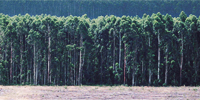
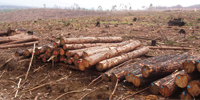

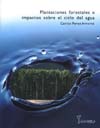
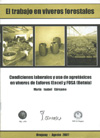
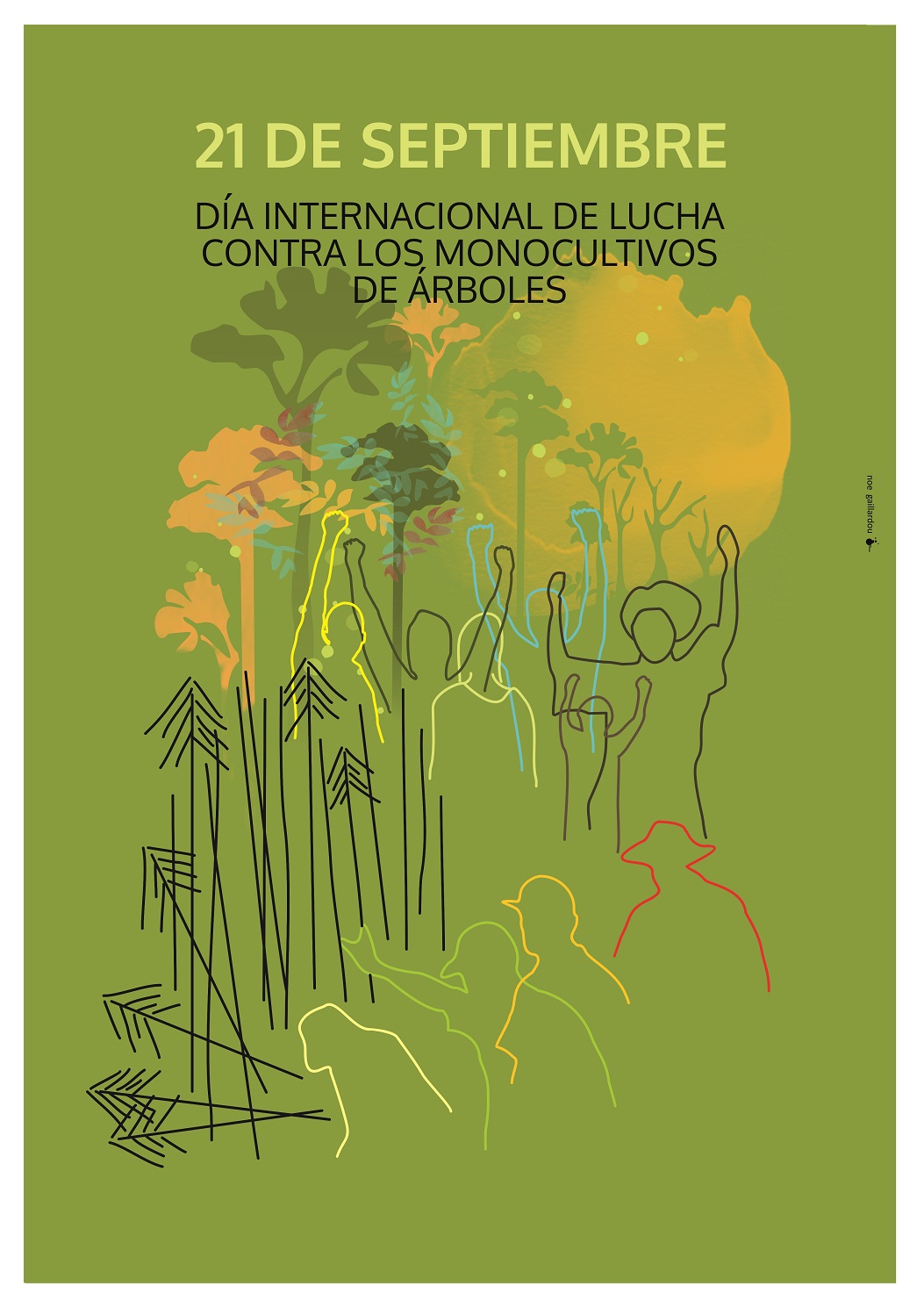

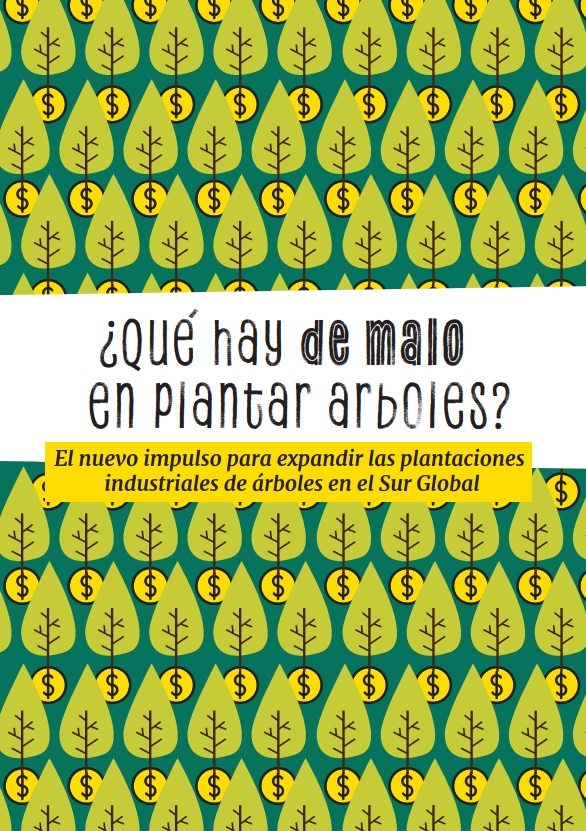
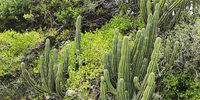




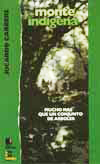



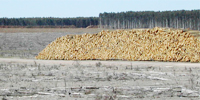
[…] (3) See the article “Montes del Plata advances on Colonia: The pulp mill will not come alone” at: http://www.guayubira.org.uy/2010/11/montes-del-plata-advances-on-colonia-the-pulp-mill-will-not-come… […]